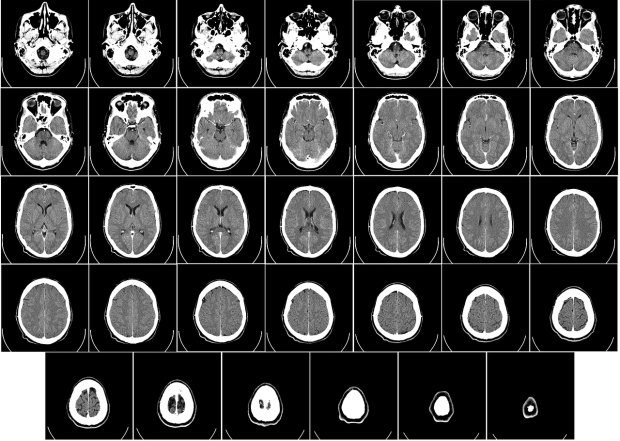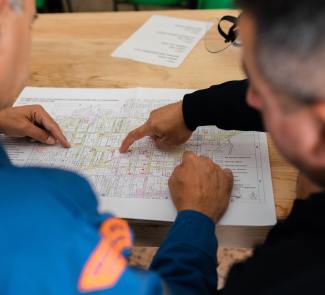Did you know that persistent stimulation and training with driving games like NeuroRacer prevent the memory loss associated with aging?
Many scientific studies have corroborated the need for activities that stimulate intellectual functions to combat and/or prevent diseases related to memory loss. Well, a group of scientists has developed a method of mental training and stimulation to prevent memory loss through videogames.
According to studies carried out by researchers from the University of California, the brain of an elderly person is much more flexible than we thought. It seems that with an intellectual workout plan we can reactivate abilities such as memory, attention or even the ability to perform multiple simultaneous tasks, so that these skills do not deteriorate with age.
To test their research hypotheses, a group of experts in technology and entertainment worked with a team of scientists to develop NeuroRacer, a driving game capable of measuring and repairing the neural damage associated with aging. To this end, they started from the premise that the videogame should keep players exposed to constant distractions during the gaming session to monitor the attention and measure the multitasking ability of the participants. Several versions of the same videogame were developed, increasing the number of simultaneous tasks based on the difficulty level of NeuroRacer.
To test the videogame’s effectiveness, sessions were conducted with groups of people aged between 20 and 79 and further sessions were focused on people aged between 60 and 85, this being the group with the highest risk of developing diseases related to memory loss due to neural aging. Nonetheless, to demonstrate NeuroRacer’s effectiveness, the team of Californian scientists previously measured the brain activity of the training program participants by electroencephalography to later compare it with another measurement at the study’s conclusion.
The conclusions drawn during the first month of training among different groups of participants, corroborated that older participants had greater difficulty in overcoming the multitasking NeuroRacer version. Although after the first month of training, scientists detected a significant improvement in attention and the ability to perform several actions at once in the group who played the multitasking version of NeuroRacer .
After six months’ training, the results confirmed the ability to intervene in neural aging, improving people’s cognitive abilities through play. The older participants not only experienced a significant improvement in their intellectual aptitudes but also ended up getting better results than the younger participants who had not trained in the same way.

Measurement of brain activity following the training process showed increased theta wave activity, associated with visual memory and learning ability, in the brains of elderly participants. As Adam Gazzaley, director of the project explains, continually playing NeuroRacer caused changes in the participants’ brains that brought improvements in the short-term memory and attention of older people. Therefore, the idea that it is possible to prevent memory loss through videogames designed specifically for that purpose was confirmed.
The positive results from this study show that it is possible to diagnose neural deficiencies and improve the cognitive abilities of the brain based on stimulation therapies and training via driving games such as the one developed at the University of California. As Gazzaley explains, new lines of research have already been launched to implement such therapies for young people and children as well.
Images | via pixabay







